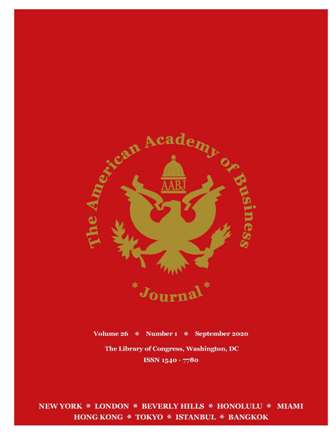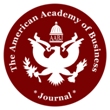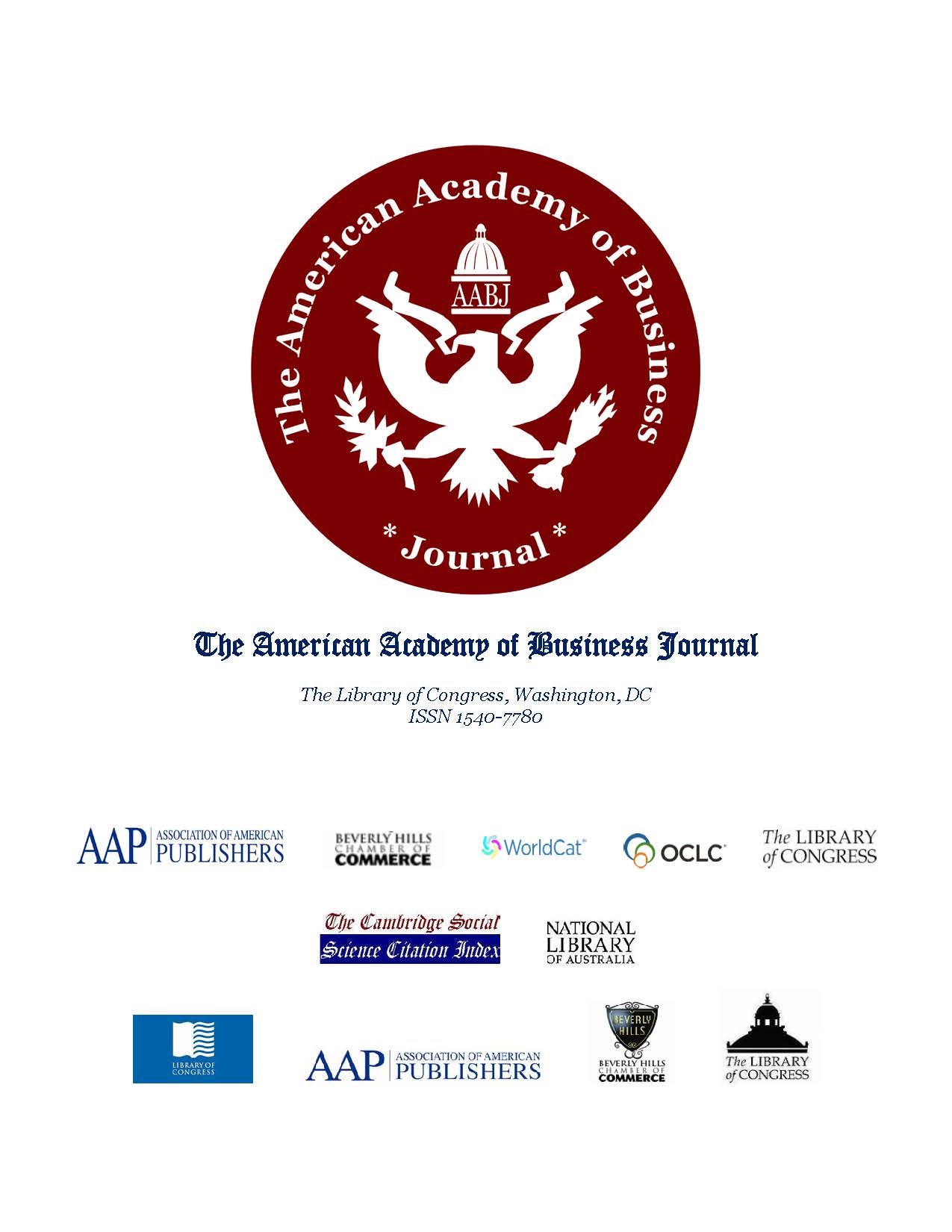|
Strategic
Implications of Governmental Policy Initiatives on the Electrical Vehicle
Industry in China
Dr. Kathryn
J. Ready, Winona State University, Winona, MN
ABSTRACT
China leads
in the world's electric vehicle (EV) market and is expected to continue its
dominance in this industry in the foreseeable future. By the end of 2019,
approximately half of the EVs and 99% of EV buses were in China (IEA, 2019), and
the EV market is projected to continue to increase, growing five-fold from 2019
to 2026 (Wagner, 2020a). The growth of the EV industry has been supported by
governmental strategies and global efforts to reduce global warming by
mitigating carbon emissions through initiatives such as the Paris Climate
Agreement. This environmental accord was supported by a multi-governmental
Electric Vehicle Initiative in 2017, which promoted the adoption of EVs
worldwide. This initiative united countries in working toward a goal of EVs
representing 30% of vehicle sales by 2030 and supporting the related development
of improving charging infrastructure (IEA, 2020). As one of the signatories to
the EV Initiative, China's industrial policy and governmental initiatives
promote technological innovation and clean energy, which are driving forces in
the continued development of the EV industry. This paper examines China's
governmental policy initiatives that have strategic implications for the
continued growth and development of the EV industry in China. As countries
worldwide are working to reduce environmental damage and global warming,
industries that are harming the environment through carbon emissions have been
targeted both within countries and through worldwide environmental accords, such
as the Paris Climate Agreement. Emissions from the transportation sector are a
significant contributor to the growing climate change problem; this sector is
responsible for 14% of global emissions, and emissions are expected to increase
(Wang, 2019). Due to the damage caused by fossil fuels and carbon dioxide
emissions, countries are adopting strategies such as supporting low emission
alternative energy options for transport vehicles and moving toward
zero-emission vehicles.
Full Text
English Language Testing for
International Students in Australia
Anurag Kanwar,
Compliance and Continuous Improvement Director, Group Colleges Australia
Dr. Greg Whateley,
Emeritus Professor, Executive Dean UBSS and Executive Director, Group Colleges
Australia
ABSTRACT
International education
is an important market for Australia. It is also highly regulated, in particular
reference to the private providers in the country – less so the public
universities. Yet, despite the regulations there is a gap in assisting
institutions in relation to suitability of English preparedness for
international students. Private providers are advised to look to universities
for assistance in setting out entry requirements for their programs for example.
This practice is fraught with problems given the fact that the universities
themselves struggle with the issue. Universities in Australia have also been the
subject of scandals in relation to entry requirements. This paper will consider
the implications of this approach for the Australian higher education sector and
hopefully explain the complexity of the issue. The lack of transparency and
guideline in this space is concerning and needs attention. There remains no
other sector in Australia, where private providers are encouraged to model large
publicly funded institutions as best practice. The international student market
in Australia is worth some $39.6 billion in revenue. Globally, Australia is the
third most popular education destination in the world (1). Education remains the
country’s fourth largest export industry (2) with some 8% share of the global
market. While, the industry has taken a battering due to COVID-19 it is still an
important source of revenue for Australia (3). International education in
Australia supports conservatively more than 250,000 jobs across the Sector. It
is the largest services export contributing to some $14.617 billion to the New
South Wales economy alone in 2019-2020 (4). Considerable effort and energy has
been put into developing this all important sector over many years. Australia
remains unique in this regard. This effort to build the sector has been done via
a whole of Government approach with the cooperation of all States, Territories
and Federal Government agencies. The Australian International Education Unit
that is part of the Department of Education Skills and Employment has largely
spearheaded this push. The current COVID-19 pandemic has placed enormous stress
on market and those delivering the products as evidenced in significant staffing
cut and resourcing.
Full Text
The
Impact of Ambiguous Letter of Credit and Uniform Customs and Practice on
International Trade
Dr. Sut Sakchutchawarn, School of Business
& Economics, SUNY, Plattsburgh, NY
ABSTRACT
The discrepant documents of international
trade transactions have been a major worldwide issue for many years. These have
been significant problems for exporters and importers when banks discover
discrepancies on export-import trade documents prior to making payments
resulting in unnecessary delays, refused payments, and financial loss. This
paper demonstrates the problems of discrepant trade documents caused by
excessive terms and conditions of letter of credit and the ambiguous language of
Uniform Customs and Practice 600. This paper recommends exporters advise
importers not to include excessive terms and conditions in the letter of credit.
This paper also recommends changing legal language of the Uniform Custom and
Practice 600 into a clearer language. The guidelines with practical examples and
templates for each article must be provided to institutions involved in this
process in order to keep the discrepancies free.
International trade creates new markets and opens countries to goods and
services unavailable in their domestic economies. Exporting and importing are
elements of international trade which is beneficial to all parties. As exporting
and importing business continue to grow as a part of production of the world,
more attention and emphasis have been placed on understanding the key aspects of
international trade transaction (Sakchutchawarn and Fisher, 2016). International
trade is obviously a significant factor to develop national economic growth
since not all countries have the resources and skills required to produce
certain goods and services. The growth of international trade can offer
new opportunities for importers and exporters. It is impossible for a country to
produce domestically everything for its citizens need or demand. Without foreign
trade, national resources are not put to their best use. More exporters are
looking for foreign markets to sell their products.
Full Text
Sources
of Motivation For Rectors and Vice-Rectors
Seyhan Karasu Oznurlular,
Istanbul Okan University, Turkey
Dr. Ali Ilker Gumuseli,
Professor, Dean, Istanbul Okan University, Turkey
ABSTRACT
By using the qualitative data collected
from seventeen rectors and vice-rectors currently acting as academic
administrators in state and foundation universities. This research aims at
examining possible practices and developments in human resources and management
processes towards the enhancement of their motivation. In the review of the
field literature, the sources of motivation for the rectors and the
vice-rectors, as managers and academic administrators, were identified as a
universal issue. In analyzing the data collected in the study, three
motivational factors were identified as needed and outstanding for the rector
and vice-rector positions in Turkish universities: psychological, managerial,
and financial. The results of this research are anticipated to shed light on
prospective human resources practices for enhancing the sources of motivation
for the rectors and vice-rectors as the top academic administrators and on the
developments in the management processes in higher education. As in any sector,
in the higher education sector, too, the process of modernization and the
importance of financial power have become strongly evident. This has given rise
to a new approach in the management practices of universities as well as in the
universities themselves. Opening the doors of the university to a professional
management mindset instead of designating managerial positions to faculty
members is an issue in discussion in the twenty-first century. Following these
developments in the higher education system, extensive discussions are made on
the issue of how the top management of the system should be organized. Playing a
more effective role in shaping the objective and the modus operandi of higher
education in this new process, public authorities have begun to get more
involved in the higher education system and to closely supervise the system to
build a transparent and accountable structure, meet the economic and social
needs of the society, and establish a more competitive economy (1). In a way,
this points at managing universities with a business logic independent from
their nature as educational institutions that provide information flow.
Full Text
Persuasiveness of Fit Between Imaginary Perspective and Advertising Appeal:
Application of Affordance Cues
Dr. Chung-Lin Toung, Nanfang College of Sun
Yat-sen University, Guangdong Province, PRC
ABSTRACT
We hypothesize that without any guiding
text, the presence or absence of affordance cues in an advertisement would prime
individuals to automatically adopt a specific imaginary perspective and prefer a
certain type of advertising appeal. To validate the hypothesis, 98 college
students were recruited and participated in an experiment using ocean-side
resort advertisements as the environmental stimulus. The results show that with
the presence of affordance cues in the advertisement, the subjects were primed
to imagine from the observer’s perspective and preferred symbolic benefit
appeal; in the absence of affordance cues in the advertisement, the subjects
were primed to imagine from the actor’s perspective and preferred experiential
benefit appeal. To verify that persuasiveness is mediated through embodied
simulation, imaginary ability, advertisement favorability, and text-picture
consistency were used as control variables to exclude possible mediating
variables; therefore, the results of the study were not confounded with other
potential explanatory variables. When extracting memory from past events or
projecting onto future events, an individual can assume one of two perspectives:
the actor’s perspective or the observer’s perspective. The former refers to
individuals seeing imaginary scenes directly in front of them and being involved
in the scenes when they are imagining, while the latter refers to them viewing
their actions in scenes as outsiders (Libby & Eibach, 2011a, 2011b). These two
different imaginary perspectives lead to different types of mental information,
which in turn affects an individual’s interpretation of an imaginary event or
action. When adopting an observer’s perspective, individuals emphasize the
meaning of individuality that is attributed to the imaginary event or behavior
and the personality that is exhibited in the imaginary scene and attach
importance to whether the imaginary event or behavior allows self-enhancement;
in contrast, when adopting an actor’s perspective, individuals emphasize the
meaning of the scene in the imaginary event or behavior and the sensory
perception aroused by the scene.
Full Text
|

 The American Academy of Business
Journal
The American Academy of Business
Journal
.gif)